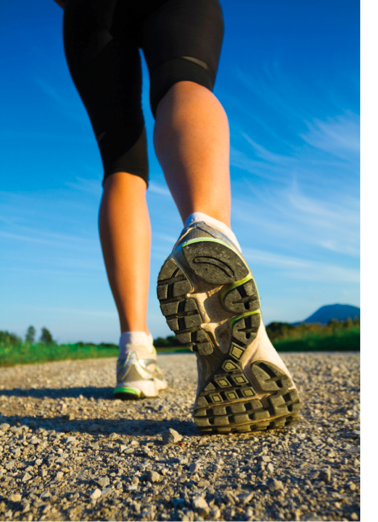You're so vein

Over the course of your nine-month journey, you’ll encounter countless […]
Over the course of your nine-month journey, you’ll encounter countless changes and surprises both emotionally and physically. Many of these surprises are good, but some can be unwelcome. Among the latter are the oh-so-glamorous varicose veins, which can develop on your legs, vulva and rectum (commonly known as hemorrhoids).

You expected the hormone overload, swelling and weight gain, but you may have been caught off guard to discover ropy blue veins appearing on your legs. If you thought only the elderly got varicose veins, think again. Fluctuations in hormone levels and body weight put added pressure on the veins in your body, causing them to swell above the surface of the skin and manifest themselves as unattractive blue worms snaking across your calf or thigh (or those unmentionable areas noted previously).
According to Luis Navarro, MD, FACS, founder and director of The Vein Treatment Center in New York City, varicose veins are a common complaint among pregnant women. Navarro notes, “Up to 50 percent of pregnant women have varicose veins.” Those unsightly lines can be swollen or twisted and dark blue or purple in color, causing your legs to resemble an atlas with raised rivers and streams. Depending on the severity of swelling and how much time you spend on your feet, they can be uncomfortable or they may not bother you at all.
Navarro explains that varicose veins can develop during pregnancy for a couple reasons, the main cause being hormonal changes. Your body’s blood volume increases, and progesterone causes blood vessels to relax, meaning they can easily become swollen with blood. Your expanding uterus is a large (pun intended) contributor as well. As your growing belly puts pressure on the inferior vena cava (the large vein on the right side of your body), it increases the pressure on the veins in your lower body.
Varicose veins can develop “very early in the pregnancy, sometimes at the first sign of pregnancy, and most often increase as the pregnancy progresses,” explains Navarro. If you already had varicose veins prior to becoming pregnant or if you suffered from them during previous pregnancies, your likelihood of developing them during your current gestation increases. Another factor to consider: family history. If your mother had to battle the blue bulge, there’s a good chance you will too.
Prevention during pregnancy
Varicose veins cannot be entirely prevented during pregnancy, but there are ways to lessen the chances of developing them or keep them under control. If you’d prefer to stop these not-so-little blue veins from swelling up and wrapping around your lower body, follow these preventive tips:
- Wear compression stockings.
- Control your pregnancy weight gain.
- Exercise with the guidance of your doctor.
- Eat a healthy diet.
- Stay off your feet and elevate your legs when possible.
Treatment options post delivery
Varicose veins are not typically life threatening; if anything, they’re cosmetically displeasing. Fortunately, for many women, both vulval and rectal varicose veins tend to subside after childbirth. Unfortunately, however, the veins that develop on your legs may take up permanent residence and even worsen with age or future pregnancies. The best thing to do is maintain a healthy diet and exercise regularly, but when such practices don’t prevent the veins from implanting themselves on your gams long- term and becoming increasingly unsightly, there are treatments available.
Most varicose veins will disappear within the first six weeks following delivery. “However, veins left after the six-week period that bother the mother physically or cosmetically will need to be treated,” advises Navarro, as they are unlikely to go away on their own. A popular treatment option is sclerotherapy injections, which, Navarro notes, “can successfully treat 90 percent of all varicose veins safely, effectively and painlessly with excellent cosmetic results.” Another alternative known as Endolaser, or endovenous laser ablation, is available for larger varicose veins. The procedure is minimally invasive and uses laser technology to close the main vein from the inside.
Varicose veins can be unpleasant to look at and to live with, especially if they cause pain and discomfort. Regardless of whether you develop varicose veins during pregnancy, one thing is for sure: Once your baby is in your arms, all the unexpected surprises and not-so-attractive changes will be well worth it.







